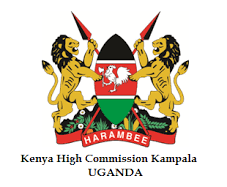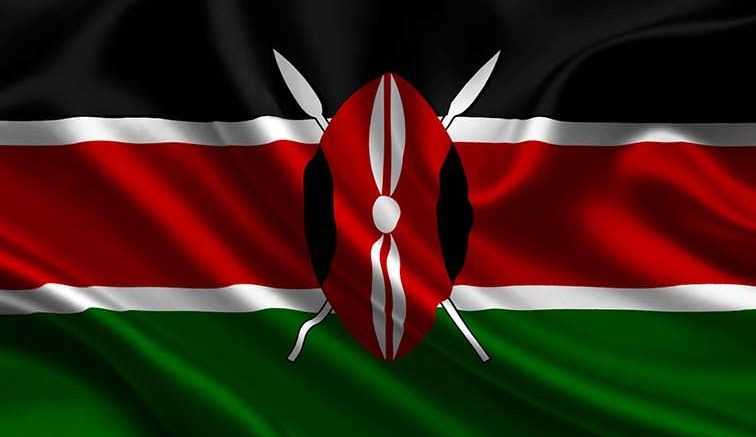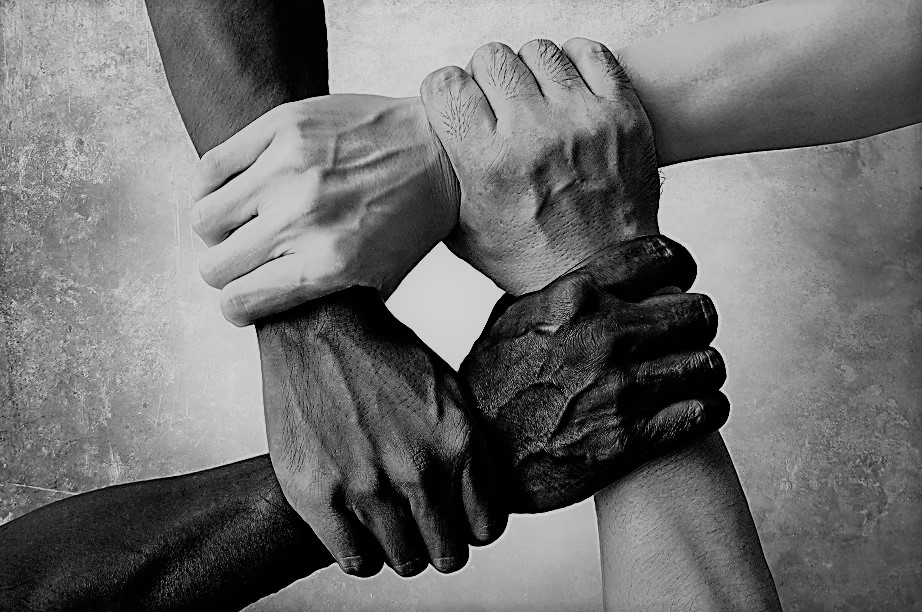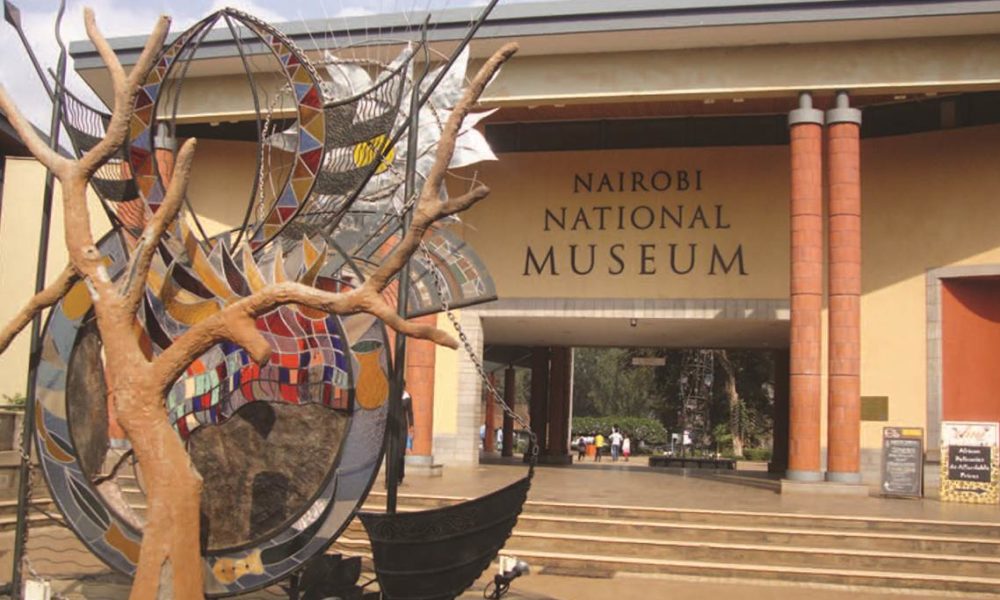Our Culture
Kenya is a multiethnic and multiracial society and is rich in cultural and natural heritage. Kenya is a culturally diverse nation made up of different tribal groups, each with distinct languages, dress, music, and food. Tradition is deeply rooted in all Kenyan communities and most people living in rural areas still adhere, though not strictly, to said traditions.
a) Language
Kenya is a multilingual country. Swahili is the national language and is widely spoken across the country, while the official language is English. Most business meetings are conducted in English. Most Kenyans speak three languages: Kiswahili, English and their mother tongue. However, there are over forty other indigenous African languages spoken by Kenyans, especially in the countryside or within people from the same ethnic group.
b) Meet and greet
Kenyans are very outgoing and prefer that every encounter starts with warm greetings. The most common greeting is the handshake. When greeting someone with whom you have a personal relationship, the handshake is more prolonged than the one given to a casual acquaintance. Close female friends may hug and kiss once on each cheek instead of shaking hands. A person entering a shop, for instance, would start by greeting the shop attendant and would proceed to make small talk before going about their business. It is important to enquire about a Kenyan’s well-being, their family, home and work whenever you greet them to show personal interest. If meeting them for the first time, it is good to acquaint yourself with their family background and ask where they’re from.
c) Food
There is no singular food that represents all of Kenya’s wide cuisine. The cuisine of Kenya is just as varied as the ethnic communities that inhabit it. Corn (White maize) is the staple food in Kenya. It is either ground into flour and prepared as Ugali or porridge or sometimes it’s mixed with beans/potatoes and other vegetables to make Githeri. Other foods include rice, cassava, Chapati (made from wheat flour), fish and of course Nyama choma (grilled chicken, goat or beef meat) served with Ugali. The cuisine in any given community is dependent on what is readily available; sea food at the coast, fish around Lake Victoria, corn/potatoes central Kenya, with milk and beef readily available in the Arid and semi-arid areas,
d) Religion
The constitution of Kenya provides for freedom of religion and belief individually or in communities, including the freedom to manifest any religion through worship, practice, teaching, or observance. It also bans state religion and outlaws any form of religious discrimination. Religion plays an important role in the life of most Kenyans. Many people will visit their place of worship both to practice their religion as well as to socialize with friends, family and acquaintances. The majority of Kenyans identify as Christian while the remaining population identifies as Muslim, traditionalists or atheists .



